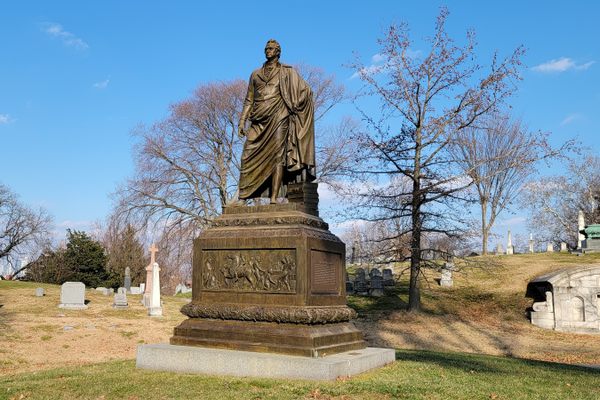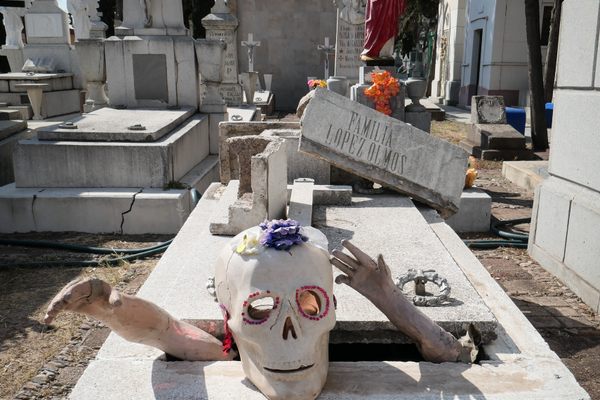Undertaker's Ledgers
Records of the dead describe the myriad odd ways people used to die.
The Gothic revival gates that mark the entrance to Brooklyn’s Green-Wood Cemetery house the welcome center and the cemetery’s offices. But buried deep in the basement vaults, along side the mausoleum keys, lies the largely unseen archive of morbid knowledge known as the undertaker’s ledgers.
These ledgers were written in the late 19th century, in large tomes measuring 2 feet across. They fill row upon row of shelves and contain the day-to-day business of the undertaker, namely whom he buried where, and most fascinatingly, why.
For each person the undertaker buried that day, he recorded their names, where they were born and lived, whether they were married, single, or widowed, where they died, which plot they were buried in, and finally, how they left this world.
Looking through the undertaker’s ledgers one of the first things you notice is that in the late 1800s, almost no one died of the Grim Reaper’s current favorites such as Cancer or Heart Disease. Rather, the deceased were stricken with such Gothic-sounding illnesses as phthisis, Bright’s disease, cholera infantum and scarlatina. Littered across every page are causes of death that sound as if they come straight from the pages of Edgar Allan Poe: opium inebriety of the heart, suicide by cutting throat, overdose of laudanum, killed by streetcar, hit on head by horse’s hoof.
These Victorian records, as with similar undertaker’s ledgers in cemeteries the world over, are closed to the public. Access to the records can be gained by volunteering with the Green-Wood Cemetery Historical Society, itself an immensely worthwhile pursuit that may make it into the funeral ledgers of the future.
Know Before You Go
The ledgers are not available for public viewing.






















Follow us on Twitter to get the latest on the world's hidden wonders.
Like us on Facebook to get the latest on the world's hidden wonders.
Follow us on Twitter Like us on Facebook